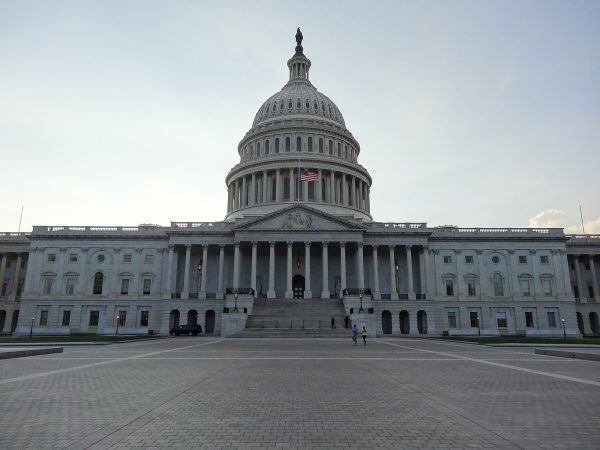College Rank Back in Top 50
In a national ranking of liberal arts colleges, Dickinson rose from 51st to 46th. Tied with six other universities at 46th, this is the first year that Dickinson has been in the top 50 since 2015.
The study, published by U.S. News & World Report, was released on Sept. 9 and is a review of data from 2018. According to the U.S. News & World Report website, they use several factors to give schools a score and then rank them based on each school’s score. U.S. News & World Report uses graduation and retention rates, class sizes, salaries of faculty, financial resources, student excellence and alumni giving to create scores.
In 2018 U.S. News & World Report added a new category to their rankings called social mobility, and this year they replaced the use of acceptance rates with social mobility. According to the U.S. News & World Report website, this category measures the graduation rate of Pell Grant recipients and compares the six-year graduation rate of Pell Grant recipients to non-Pell Grant recipients. Brenda Bretz, vice president for institutional effectiveness and inclusivity explained that Dickinson “did very well there [in the social mobility category], so not looking at the acceptance rate[s] and replacing it with the social mobility definition and rating really benefited us [Dickinson] and kept usand kept us at 51st last year.”
Bretz explained that another possible reason that Dickinson moved up in the rankings this year was because Dickinson hit its graduation rate prediction. U.S. News & World Report uses a predicted six-year graduation rate based on the profile of the entering first-year class for the year. Bretz explained that “if we hit it or exceed it [the graduation rate], that’s a good thing, if we’re under […] then we’re penalized. This year we hit it, so this year we actually hit the predicted rate for graduation that they’ve done for us, in the past we’ve been under so that hurt us.”
Bretz explained another reason for the change in ratings is that “they [U.S. News & World Report] revised the cost of living index they used to look at faculty salaries across all institutions, they were using an outdated cost of living index, so they were looking at places like Carlisle when they were booming years ago, so the cost of living was higher, so they readjusted that and I think that helped us because it put us in line with what the cost of living really is so the salaries make more sense.”
While Dickinson moved up this year, Bretz explained that when students are surveyed, very few said that the ranking of the college was important to them. She explained, however, that we do not know how many students do not apply to Dickinson because of the ranking. “[The ranking system] is a shorthand way for families to develop their list. Being in the top 50 will get us on certain families’ list that we might not if they’re only using the top 50,” Bretz said.
Neil Weissman, provost & dean of the college, expressed his dislike for the ranking system. “If you look at how they go about it, between twenty and thirty, there’s not really that big of a difference,” Weissman said, “…there are differences but if you’re looking at overall quality, then sorry the U.S. News [& World Report] rankings are fiction, number 33 or 44 are pretty much the same in terms of the broad experience.”
Students reacted to being in the top 50 with mixed responses. Andreea Rosu ’22 said, “I’m very happy about it I want it to go even higher!” Julia Synder ’20 said, “I think we can do better.”




